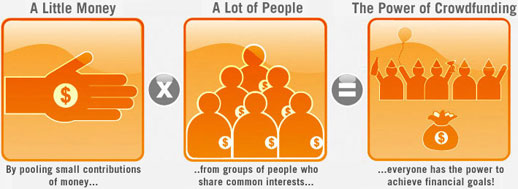Can you state your
company’s values? How about it’s mission?
***
Did your answer
surprise you?
***
How does that make
you feel as an employee?
***

I started playing with this question myself this quarter as
I witnessed three very distinct cultures around this difference, and decided to
share a few thoughts.
Organization A –
very prominent, clearly articulated corporate values. They are printed on the
building walls, security badges, and are able to be recited verbatim by every
employee (at least that I met). This is pretty phenomenal considering it is a
multinational company with thousands of employees. Vision, mission and values
are defined from the highest executive level and have remained consistent for
many years, even through mergers and rebranding of the company.
Organization B –
50 year history with stated values, but each employee speaks of them
differently. The essence is there, and is carried out in practice differently by the individual employees. The vision and mission have changed recently without much overall
change or acknowledgement from the employees. They are mostly behind the idea
of the vision and value verses the actual words set by the board.
Organization C –
newer organization with a highly co-creation focused approach to setting
direction and metrics for success. A newly revised mission was created from the
Board level, and others engaged felt a lack of engagement that led to mistrust
and challenge to the direction of the organization.
One central theme of these is that all 3 organization HAVE a
mission statement (and values) that are clearly articulated. The source,
history and embodiment of them is all different, but does that matter? This
raised the question of how important IS a mission statement. I stumbled across
an interesting perspective on the formality of a mission statement on an HBR
blog: http://blogs.hbr.org/2011/01/do-you-have-a-mission-statemen/
that looks at the value of a mission statement or being on a mission.
With regards to values, the interesting part of this
comparison for me is where the values are defined. Are they better suited to
come from the leaders of an organization (like A and B) or should they be
co-created as the participates/employees (as C seems to want)?
To answer this, lets step back and reexamine what corporate
values are intended to do. Core values are what support the vision, shape the
culture and reflect what the organization values. They are the essence of the company’s identity
– the principles, beliefs or philosophy of values. Many companies focus mostly
on the technical competencies but often forget what are the underlying
competencies that make their companies run smoothly — core values. Establishing
strong core values provides both internal and external advantages such as:
- · Core values help in the decision-making processes. For example, if one of your core values is to stand behind the quality of your products, any products not reaching the satisfactory standard are automatically eliminated.
- · Core values educate clients and potential customers about what the company is about and clarify the identity of the company. In this increasingly competitive marketplace, having a set of specific core values that clearly articulate to the public can be a competitive advantage.
- · Core values are becoming primary recruiting and retention tools. With the ease of researching companies, job seekers consider the identities of the companies they are applying for and weighing whether or not these companies hold the values that they as individuals consider important.
When looking at these three bullets and reflecting on my
personal experience (note: and mental model(s) that lead my personal preferences
to favor order and rules) I come to the conclusion that defining mission and
values is the responsibility of the leadership of a company, and it is also
their responsibility to communicate those decisions to all participants and
employees. Lack of communication leads to detachment, resentment, and could
lead to disintegration of an organization if people are misaligned in their
purpose or direction for doing work.
So I ask, what is your option of how important that EVERY
employee or participant (or client/customer for that matter?) can state verbatim
the values and mission, or is it enough to have a rough idea and allow
individual interpretation? Each of these states have implications for effort
required by leadership, and can influence the organization’s culture to be
viewed as overbearing or allowing for individual expression. They require
different levels of leadership engagement, and possibly higher or lower
expenditure of overhead to achieve message adoption. Also, what is the implication for an employee or individual that does not fit these values or mission? Is it their role to move on or speak up to change it?
I would love to hear your thoughts and experiences.





